Biden-Harris Administration Greenlights Plan to Reduce Western States’ Vital Water Supply
The Biden administration has formally greenlit an agreement to address the pressing water conservation concerns in Western states.
As communities across these regions witness declining levels of their primary water sources, this initiative emphasizes the importance of sustainable practices and long-term planning to protect these crucial resources for the future.
The Department of the Interior's Proposal
The Department of the Interior (DOI) has laid out two potential courses of action. The first option promotes maintaining the current practices without change.
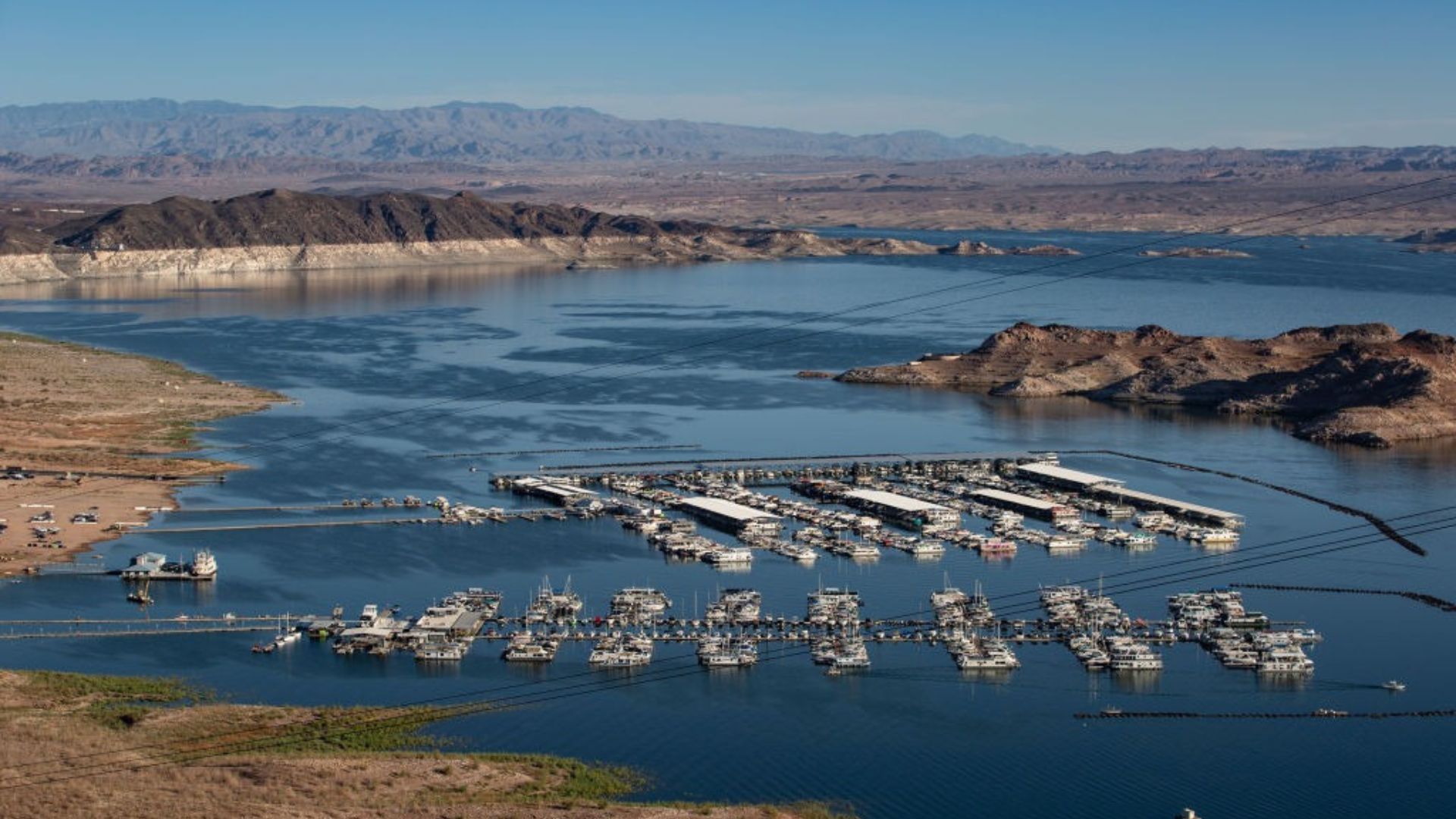
Source: Getty Images
Meanwhile, the second pushes for a significant restriction in water supplies in the upcoming years. The overarching goal is to safeguard the Colorado River System and its two central dams, ensuring their continued viability.
Aiming for Water Resilience in Basin States
Discussing the administration’s initiative, White House National Climate Advisor Ali Zaidi shed light on the efforts towards improving water resilience in the Basin States.

Source: Getty Images
These endeavors are intricately tied to the ‘Investing in America’ plan by the president, focusing on a comprehensive approach to ensure a sustainable and equitable distribution of water across Western communities.
Historically Low Water Levels Observed
The Colorado River Basin’s prominent reservoirs, such as Lake Powell and Lake Mead, have registered some of the lowest levels in their recorded history.
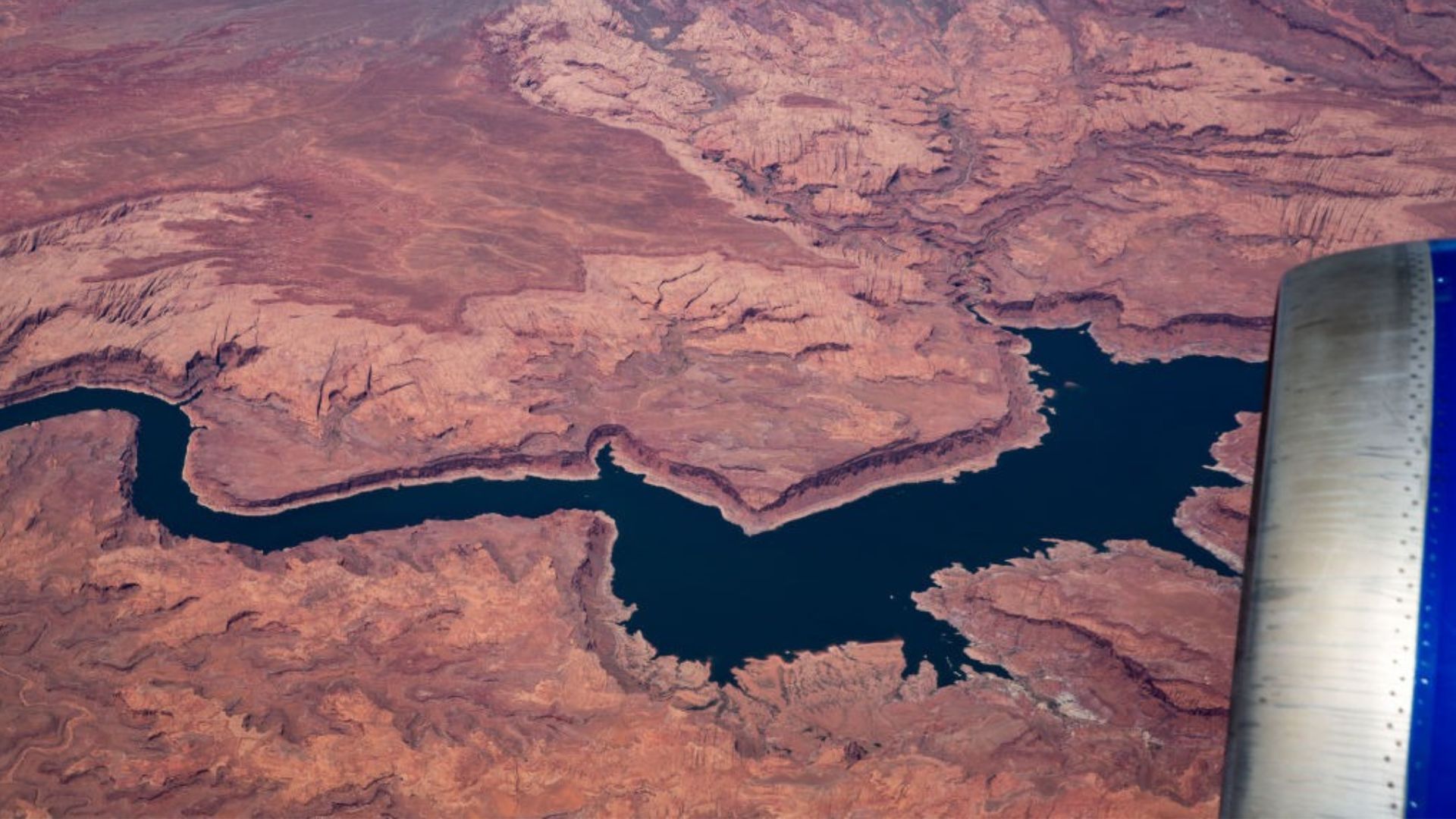
Source: Getty Images
Addressing this concern, Camille Calimlim Touton of the DOI highlighted the significance of the administration’s immediate actions.
New Conservation Plans Adopted
Replacing the conservation plans introduced in April, the DOI has pivoted towards a fresh proposal. This decision comes in the wake of a May agreement between Arizona, California, and Nevada.
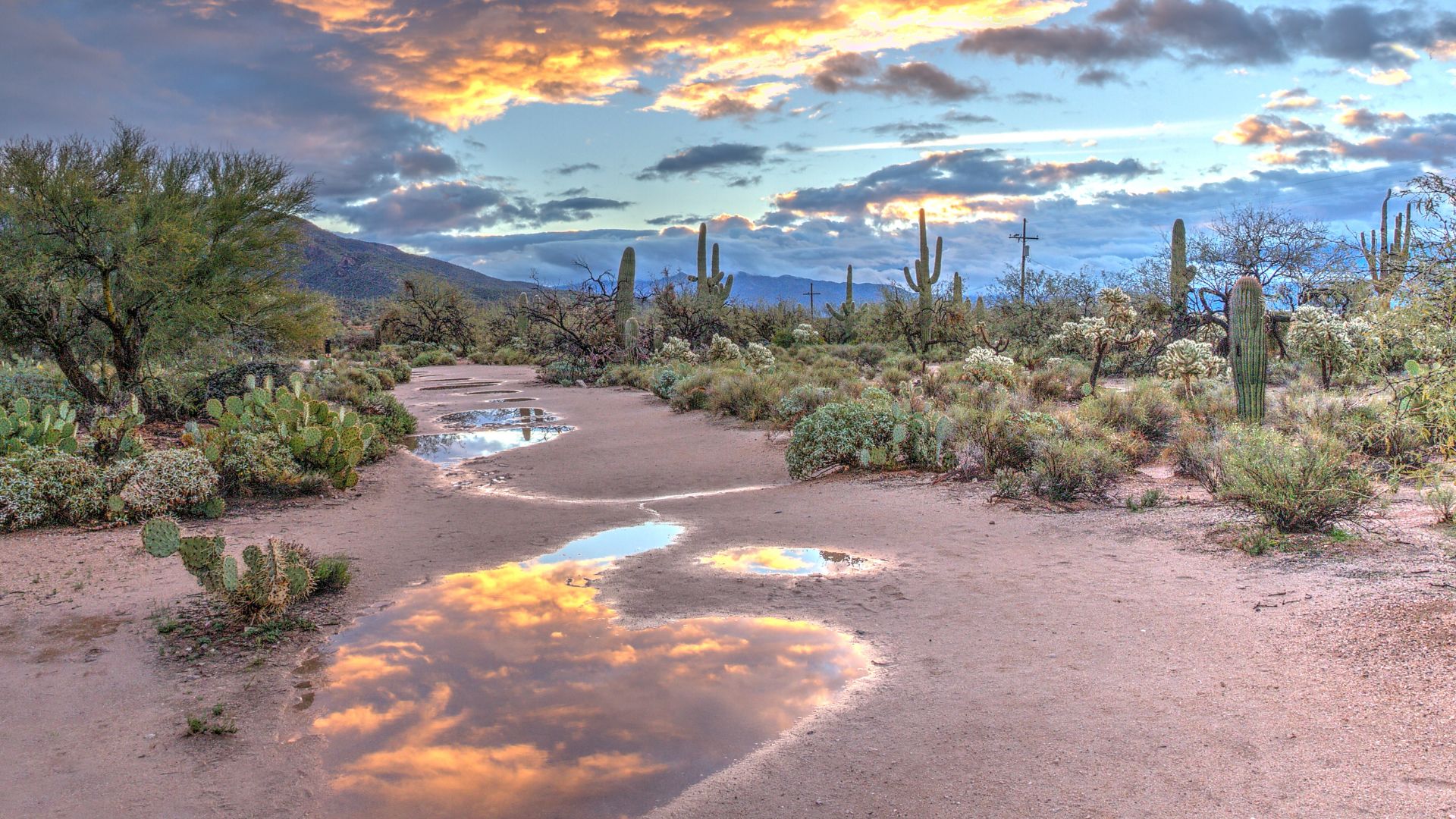
Source: Dulcey Lima/Unsplash
This new strategy, devised through collaborative discussions, seeks to robustly address the urgent need for conserving vast quantities of the Colorado River’s water.
Setting High Targets for Water Conservation
In light of the current circumstances, the administration has set forth a lofty objective. The strategy aims to conserve an impressive 978 billion gallons of water from the Colorado River by 2027.
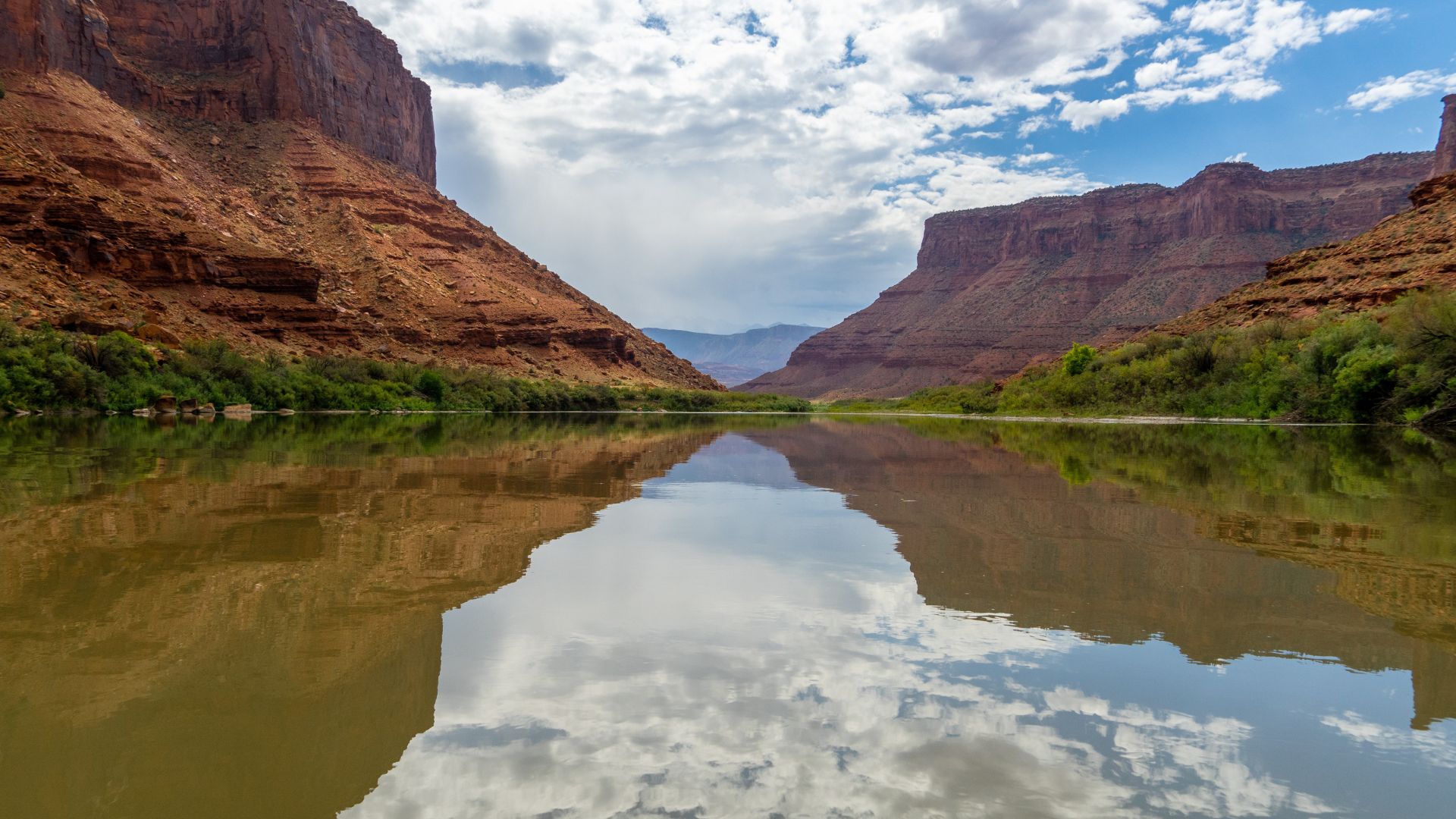
Source: Mike Newbry/Unsplash
Demonstrating their commitment to this cause, they intend to achieve over half of this ambitious target by the year 2025.
Inflation Reduction Act to Fund Initiatives
The conservation plan has been meticulously drafted to ensure its financial viability. About 2.3 million acre-feet of the saved water will be supported through the Inflation Reduction Act.

Source: Getty Images
Meanwhile, the three Lower Basin states have agreed to achieve the conservation of the remaining 0.7 million acre-feet through voluntary measures, showcasing a joint commitment to the cause.
Seven Basin States Come Together
Unity and collaboration have been at the forefront of managing the Colorado River System through 2026.
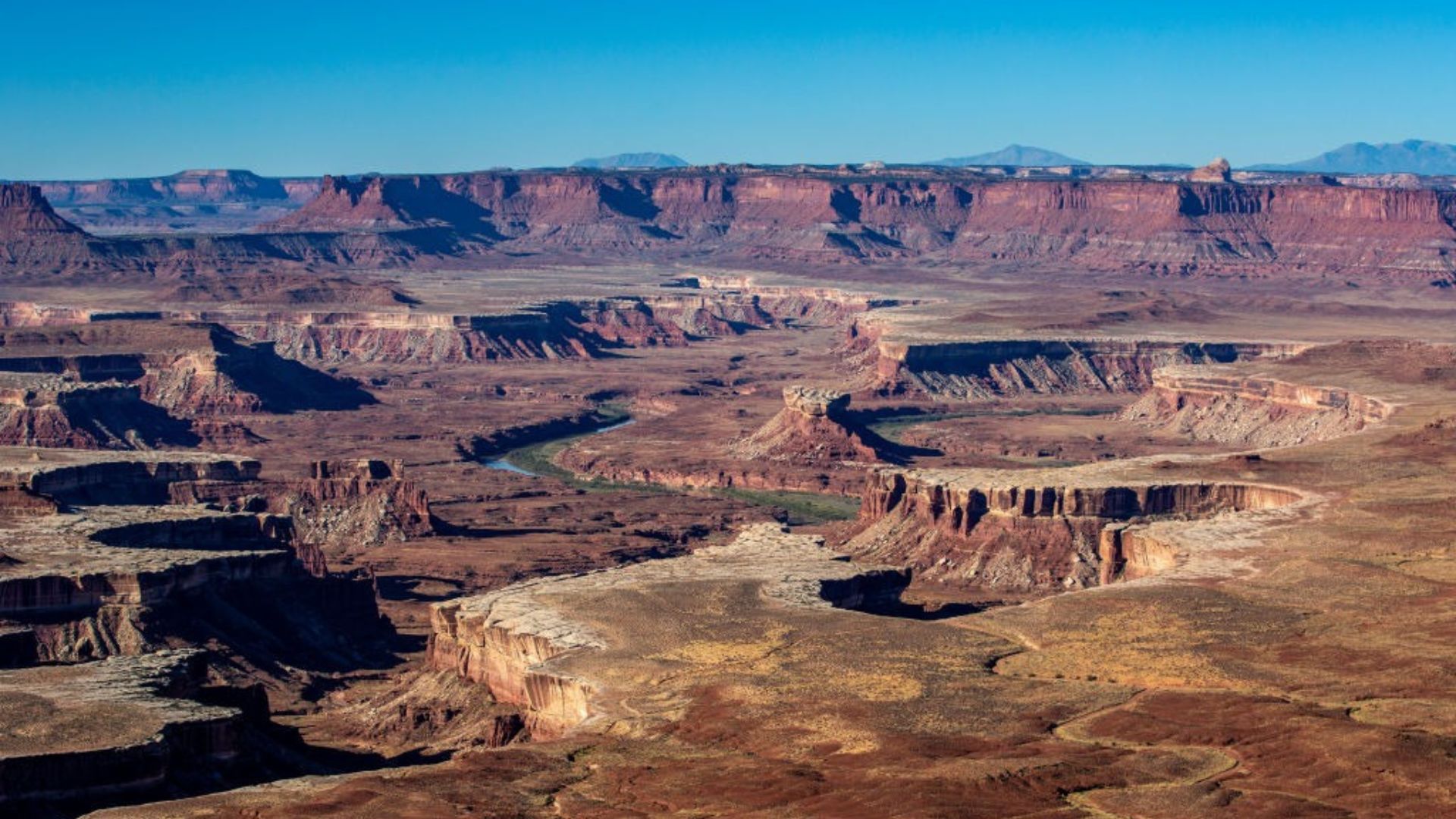
Source: Getty Images
Deputy Interior Secretary Tommy Beaudreau acknowledged the commendable joint efforts of the seven Basin states. Their unified commitment and proactive strategies have played a crucial role in preempting significant reductions in reservoir levels.
Understanding Upper and Lower Basin States
Distinct differences exist between the Upper and Lower Basin states. States such as Colorado and Utah, which are part of the Upper Basin, derive their water predominantly from smaller rivers branching from the main Colorado River.
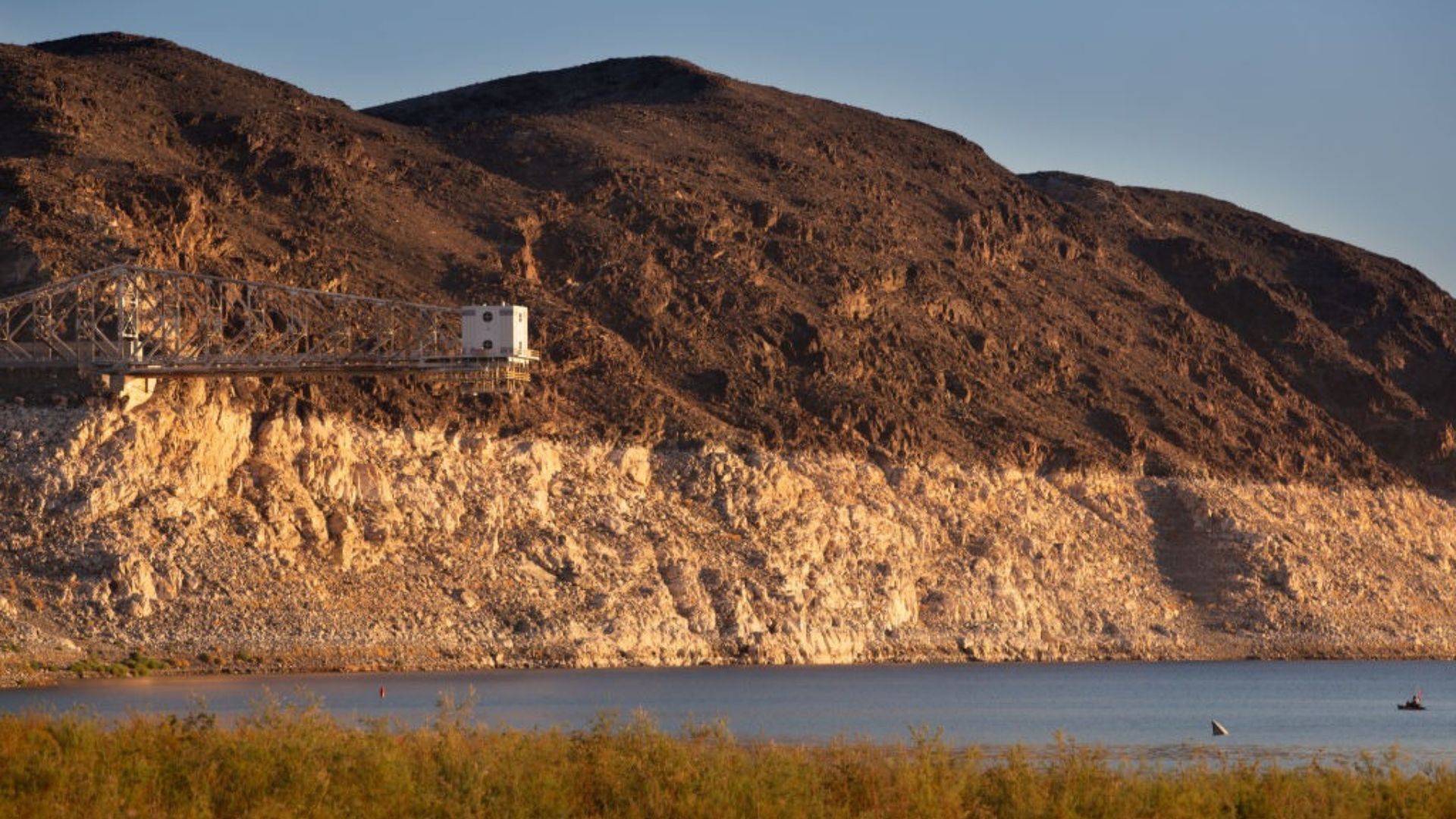
Source: Getty Images
Conversely, Lower Basin states rely more heavily on water reserves accumulated in Lake Powell and Lake Mead, indicating the vast reservoirs’ strategic importance.
Significance of Glen Canyon and Hoover Dams
The management of water flows largely depends on two key infrastructures: the Glen Canyon Dam in Arizona and the Hoover Dam in Nevada.
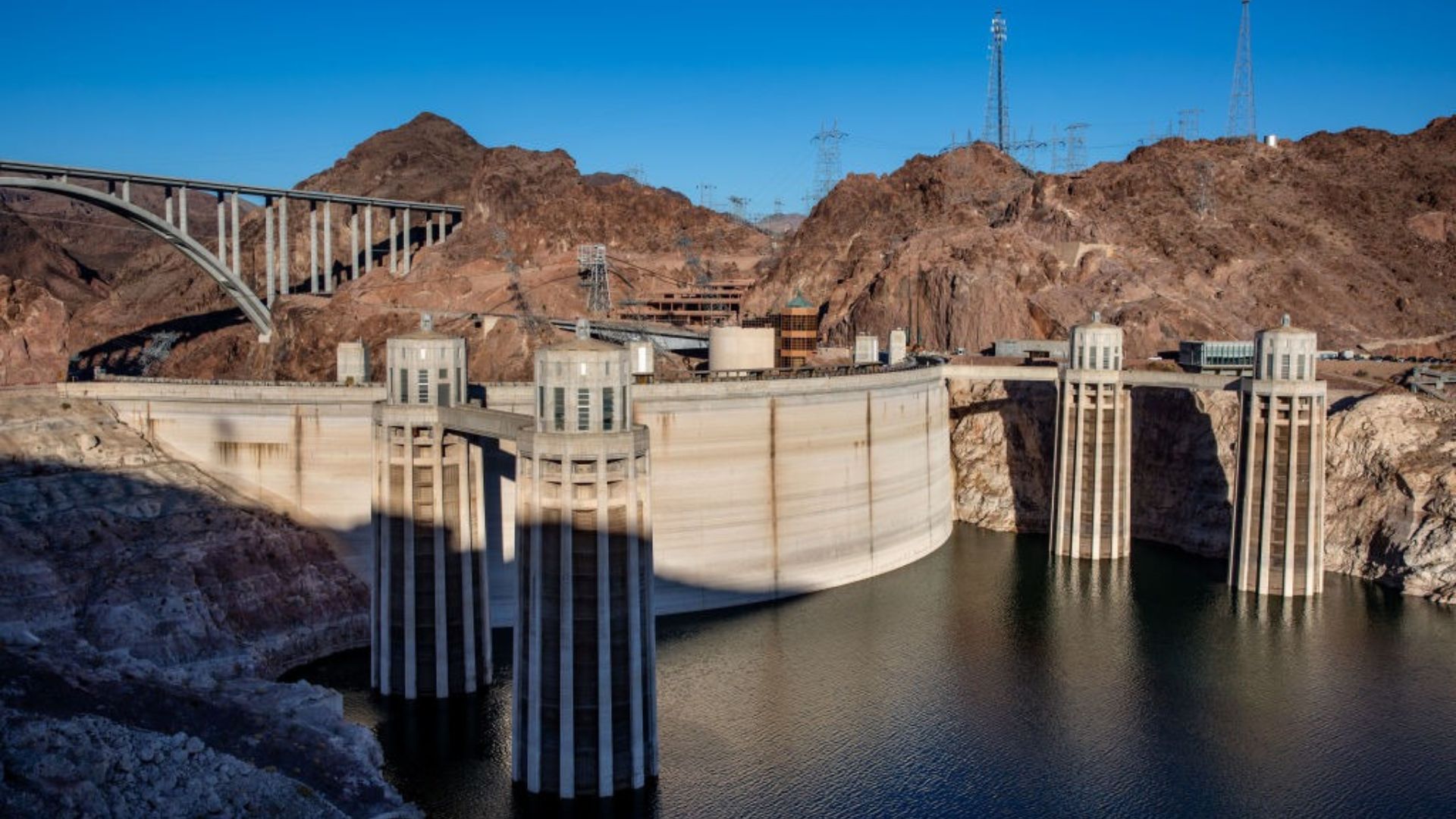
Source: Getty Images
These dams aren’t merely structural feats; they serve a vital function in regulating water supply to the Lower Basin states. Their operational efficiency is pivotal to ensuring reliable water access for millions of Americans.
Declining Water Levels in Major Reservoirs
Persistent drought over the years has led to Lake Powell and Lake Mead experiencing significantly reduced water levels.

Source: Getty Images
If these levels persist in their downward trajectory, it could disrupt the natural flow from the reservoirs. Such a scenario could pose severe challenges, compromising both water supplies and the production of electricity for numerous American residents.
Data Indicates Near-Critical Reservoir Levels
Recent measurements underscore the gravity of the situation. Federal data reveals Lake Powell’s current level stands at approximately 3,572 feet, with Lake Mead’s level at around 1,065 feet.
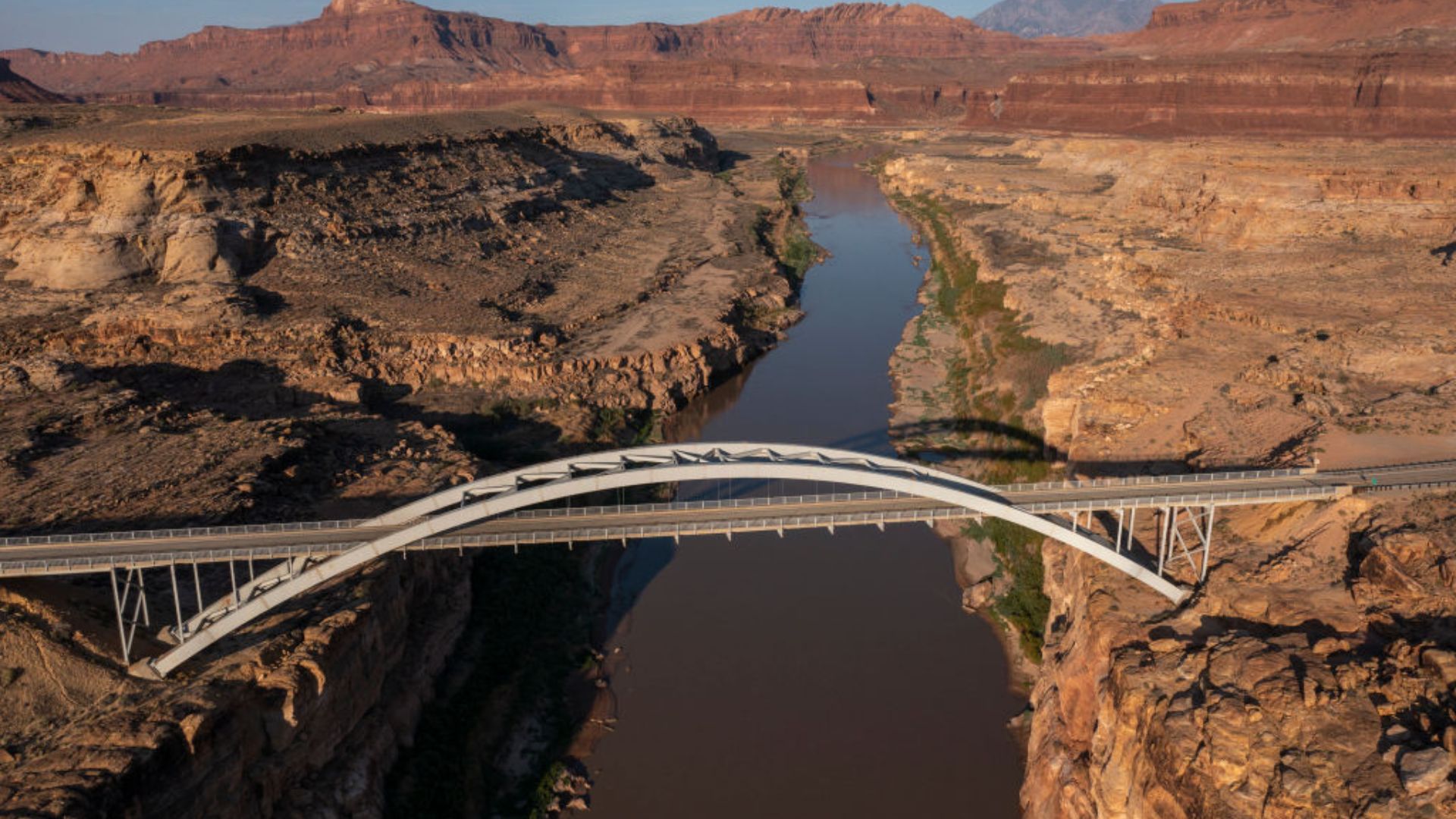
Source: Getty Images
To put this into perspective, the critical “dead pool” levels, where functionality is severely compromised, are pegged at 3,370 feet for Lake Powell and 895 feet for Lake Mead.
